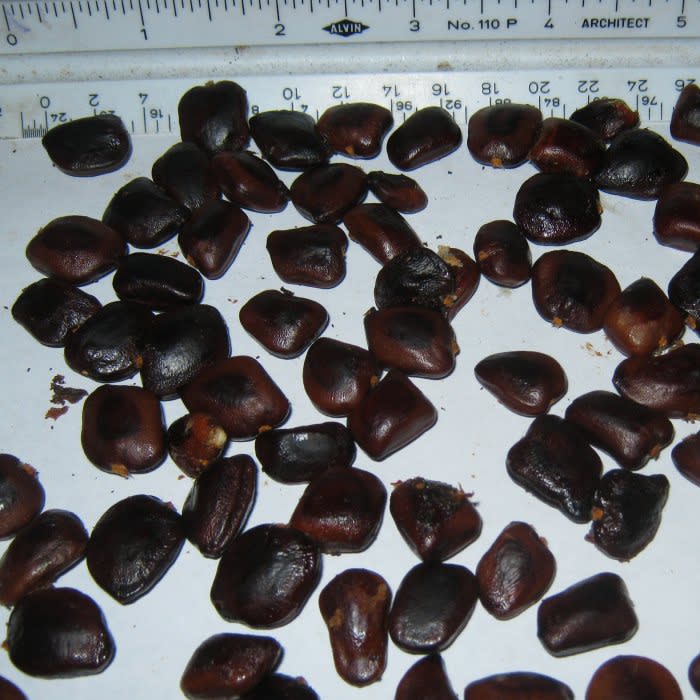Farming is increasingly becoming dependent on technology nowadays for its various reasons and needs. Exploiting this trend is the 62-year-old, Abdul Khadar Imamsab Nadakattin in the small village of Annigeri in Dharwad District, Karnataka. Mr. Nadakattin is an innovator and a social activist who highly believes in the principles of sustainability. He also advocates cost-effective, eco-friendly & socially accepted methods of agriculture. He has developed small yet user-friendly as well as original innovations in the taluka. His magic touch has transformed the lives of many hassled farmers, both in the State and outside.
Annigeri Taluka has a population of less than 25,000 people in total. Annigeri and its surrounding areas have deep black soil and are well known for chili and Bengal gram crops. Growing up in a place surrounded by agricultural fields, it was natural for Abdul to have inclination & liking towards agriculture. The only son of his parents, Mr.Abdul was keen on going to school but his father wanted him to focus on agriculture solely. Right from childhood, he had an observant nature and a very innovative bent of mind, as evident from his first innovation.
A Water AlarmIt has always been hard to get up early in the morning for any teenager. Young Abdul used to find it really hard to wake up in the mornings. None of his alarms seemed to break his sleep. His innovative mind started thinking of a mechanism that could solve this problem. This led to his first innovation “water alarm”. He tied a thin rope at the end of the alarm in such a way that the key would unwind itself. The string was in turn tied to a bottle filled with half water, when the key was completely unwind, the bottle would have tilt and the water would fall on his face.
The Tamarind Production

Mr. Abdul inherited 60 acres of land from his father. As in any other dry are, agriculture here has faced the risk of unpredictable rain along with scarce groundwater reserve. Facing the same problems and also looking for better alternatives, Mr.Abdul decided to practice ‘horticulture’. He planted plants of mango, sapota & ber with chili as intercrop in some of his lands. Sapota & ber were planted alternately in between the mango rows. This idea failed due to insufficient water supply.
Later on, Mr. Abdul decided to plant Tamarind(Imali) as he realized that only tamarind plants stood tall & green with borne fruits while others had dried away.

In 1985 - a year of severe drought, he managed to transport water from a distance of two to three km. With much difficulty, he planted 600 tamarind plants in pits in rows with spacing. The plants not only survived but continued to grow well. In 1990, inspired by the success he planted 1000+ more plants in some more part of the land. He thus was able to establish a 16-acre grove with about 1800 tamarind trees.
One Innovation Leads to Another

The success of growing tamarind with scarce but alkaline water was an innovation in itself. To overcome the water constraints, he tried reclaiming water by ‘three-part filtration’ process & dug as many as 11 bore wells at a cost of Rs 2 lakhs but only two of them yielded water. Later, on he dug 6 farm portions making small ponds to harvest rainwater. (A technique used by many others use in the region). After monsoon, water from the bore well was used to pump into the ponds. The water was then used for flood irrigating the plants. He has also constructed underground tanks to preserve the pulp of tamarind. Pulp preserved in such a manner had a long shelf-life and could retain the original quality and flavor for a longer period. He then started value addition to the raw fruit by manufacturing pickles and jam. His wife and daughter made the pickle and jam, which was marketed as far as Hyderabad. He thought of another new experiment when he faced problem in making pickles. The process of making pickle was labor intensive and tedious as one had to first harvest tamarind from the trees and then separate seeds from the fruit manually. He conceived a unique technique for harvesting tamarind from the trees but did not go ahead due to the high cost involved.









